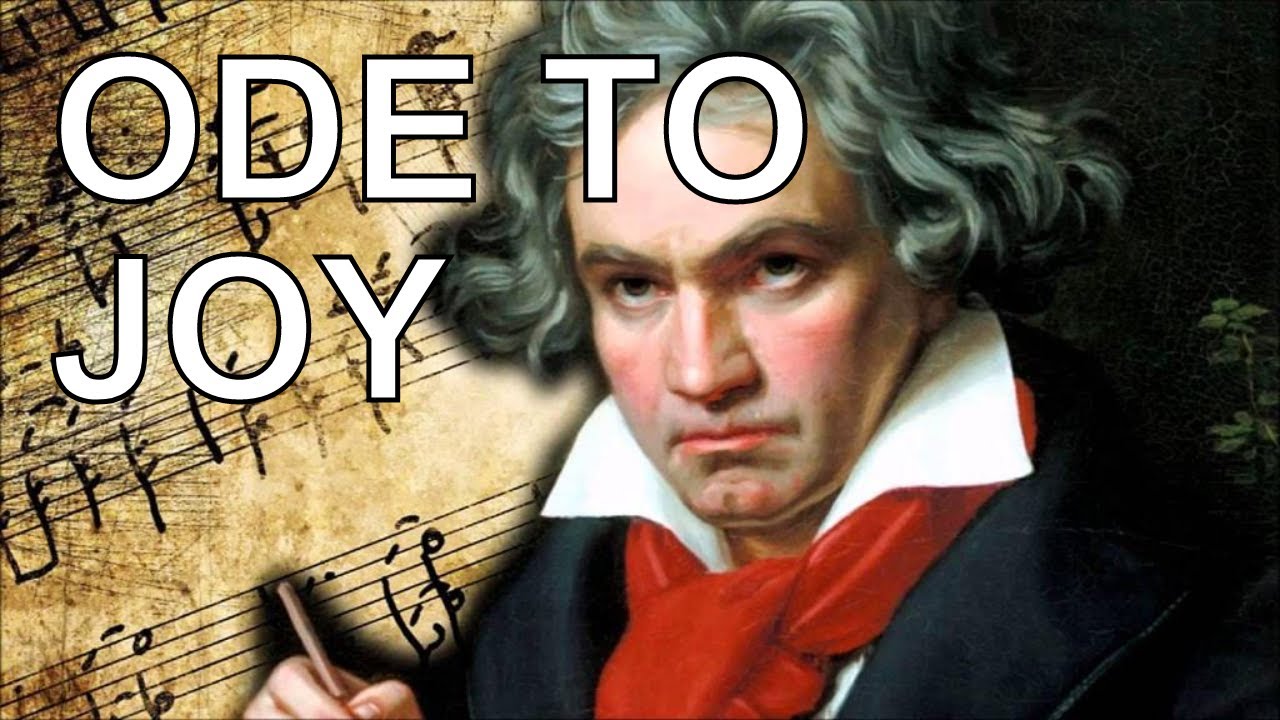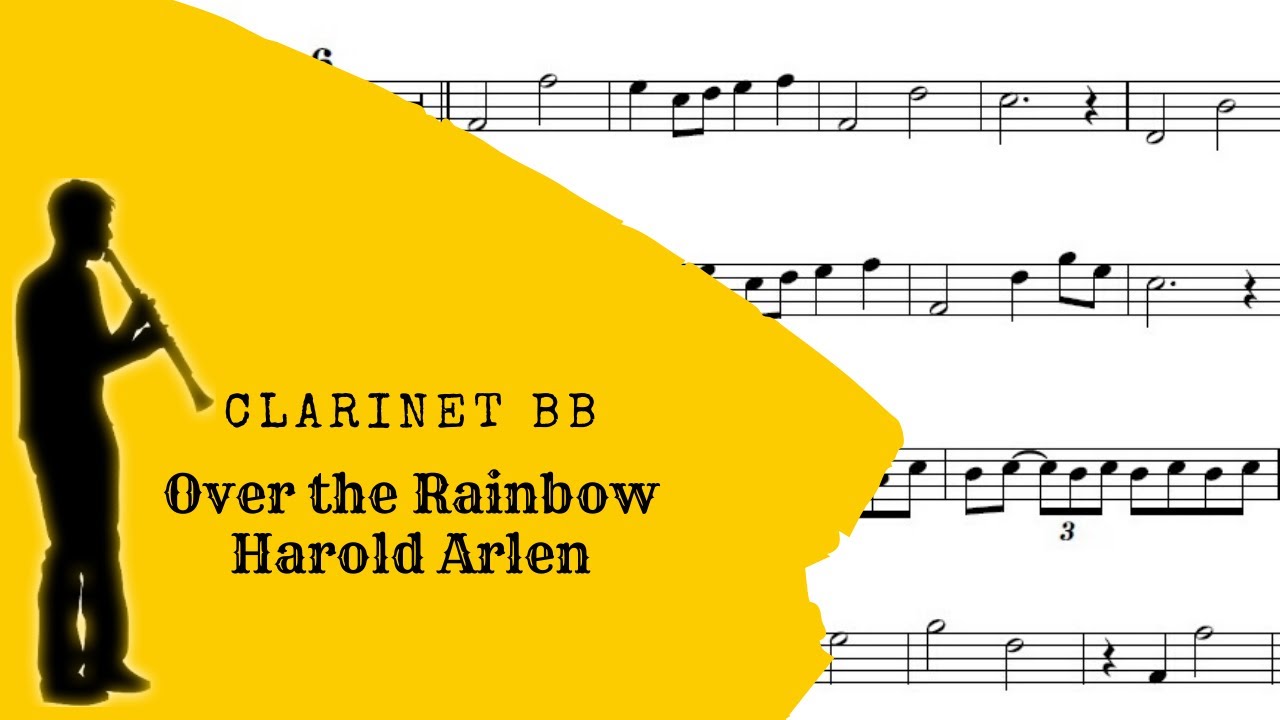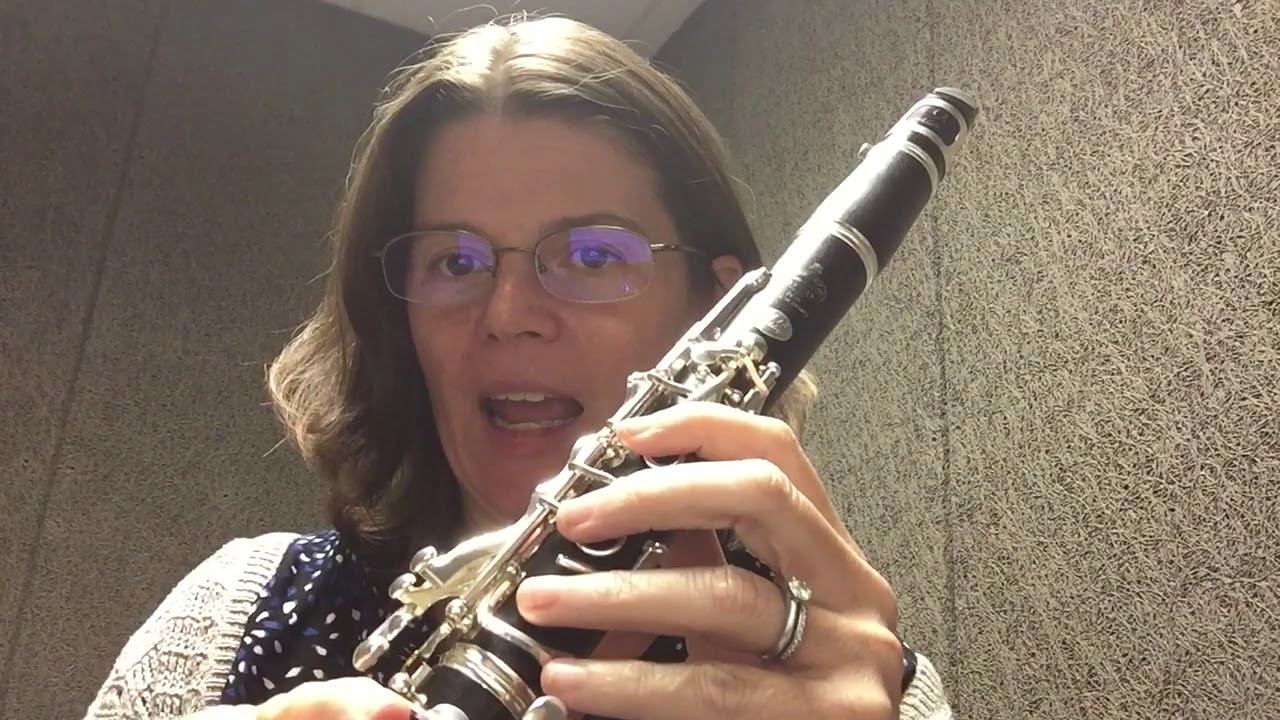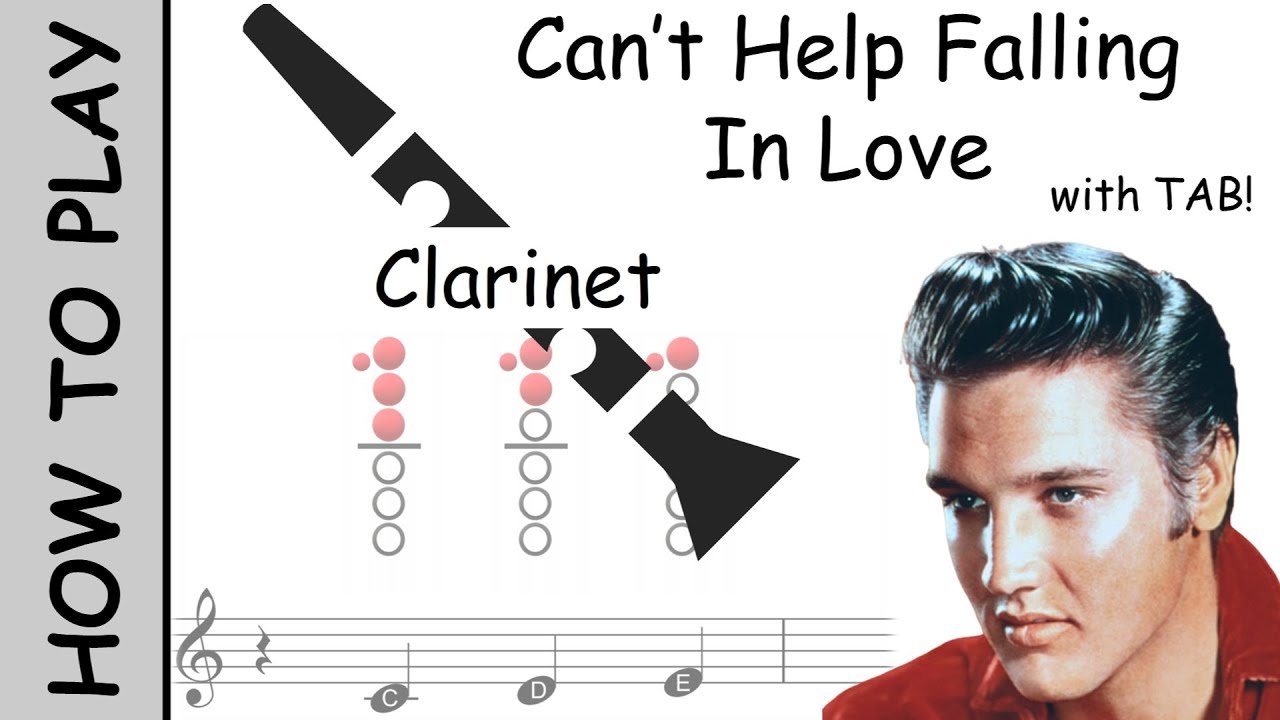Your first clarinet songs that don’t feel like homework!
Starting out on the clarinet is an exciting journey, but choosing the right songs can make all the difference in your progress. As a beginner, it’s important to pick pieces that help build your technique while keeping you motivated. In this post, we’ll explore five iconic songs that are perfect for those just starting on the clarinet. From timeless classical tunes to beloved ballads, each one offers something unique for developing your sound, finger coordination, and musical expression.
1. Ode to Joy, Ludwig van Beethoven
If you’re just starting out with the clarinet, Ode to Joy is one of the best songs you can learn. The melody moves mostly in small steps, not big leaps, and the rhythm is super steady, which makes it perfect for working on your tone and getting comfortable moving between notes smoothly.
It’s also a great piece to start thinking about phrasing, playing in full, musical sentences, rather than just hopping from note to note. Ode to Joy comes from Beethoven’s famous Ninth Symphony, written in the early 1820s. At the time, adding a full choir to a symphony was a crazy new idea, no one had done it before! The words come from a poem by Friedrich Schiller, celebrating joy, unity, and freedom: Themes that really meant a lot to people after all the wars and upheaval in Europe.
Why it’s a great choice for clarinet beginners:
- It teaches you how to play smoothly and connect your notes
- Helps you build a clear, even tone
- Gives you a first taste of expressive playing When you practice, think about singing through your clarinet.
- Use steady, relaxed air and keep your mouth (your embouchure) nice and gentle, you don’t want to squeeze the reed too much.
2. When the saints go marching in
“When the Saints Go Marching In” is one of the most recognizable traditional songs in American music. Although its exact origins are a little unclear, it is deeply rooted in African American spirituals from the late 19th and early 20th centuries. Over time, it became a staple of New Orleans jazz, often played at lively parades and “second lines,” especially during funerals where music celebrates life rather than mourns death.
The song really took off in popular culture thanks to jazz legends like Louis Armstrong, whose 1938 recording made it internationally famous. Since then, it’s been performed by countless artists in styles ranging from gospel to big band jazz.
Why it’s perfect for beginner clarinetists: On the clarinet, When the Saints Go Marching In is a fun, energetic way to practice articulation (how you start each note) and timing. Because the melody is catchy, repetitive, and rhythmic, it helps you focus on consistent tonguing, one of the key techniques that makes clarinet playing clean and professional. When playing this song, imagine lightly touching the reed with your tongue, like saying “too” or “da”, keeping it relaxed and natural. This will give your notes a crisp, clear start without sounding forced.
3. Somewhere Over the Rainbow, Harold Arlen
Somewhere Over the Rainbow is a great piece to practice if you’re starting out on the clarinet. It’s slower, with long, steady phrases, perfect for working on your breath control and learning how to play more smoothly and with expression.
Written in 1939 by Harold Arlen and Yip Harburg for the movie The Wizard of Oz, it almost didn’t make it into the film. At first, the producers thought it slowed things down too much. But when Judy Garland sang it, it became one of the most famous songs ever. For clarinet players, this song is a good way to start thinking about phrasing, how to shape the music so it feels natural and connected, not just a string of notes.
Somewhere Over the Rainbow is a great piece to practice if you’re starting out on the clarinet. It’s slower, with long, steady phrases, perfect for working on your breath control and learning how to play more smoothly and with expression.
Written in 1939 by Harold Arlen and Yip Harburg for the movie The Wizard of Oz, it almost didn’t make it into the film. At first, the producers thought it slowed things down too much. But when Judy Garland sang it, it became one of the most famous songs ever. For clarinet players, this song is a good way to start thinking about phrasing, how to shape the music so it feels natural and connected, not just a string of notes.
Why it’s a smart choice for beginners:
- Helps you control your air and manage longer musical lines
- Teaches you how to connect notes smoothly (legato playing)
- Introduces small jumps between notes, which is great for learning how to move around the clarinet without tension
- When you get to the small leaps between notes, stay relaxed. Keep your fingers close to the keys and don’t squeeze the instrument. A steady airflow and light finger movement will help you move between notes cleanly without losing your sound.
4. Twinkle, twinkle, little star
It might seem like a song that’s just for kids, but Twinkle, Twinkle, Little Star is actually a fantastic piece for beginners working on their clarinet technique. This simple, repetitive melody is all about getting the basics right, and as any clarinetist knows, it’s those fundamentals that make all the difference as you grow.
The beauty of Twinkle, Twinkle lies in its repetition. The pattern helps reinforce note reading, finger movement, and rhythm, all without overwhelming you with complexity. Since the melody doesn’t jump around too much, you can focus on keeping your fingers relaxed and smooth between notes. It’s a great way to build confidence, and it’s surprisingly helpful when it comes to creating an even, consistent tone. Something that’s key in the early stages of learning the clarinet.
The song itself has been around for centuries in various forms. Originally written as a poem by Jane Taylor in 1806, Twinkle, Twinkle was set to the melody of a French folk song called Ah! vous dirai-je, Maman. Over the years, it’s become one of the most well-known songs for young children, helping them develop rhythm and pitch recognition. While it’s often associated with nursery rhymes, the song’s simplicity makes it a fantastic piece for any musician just starting out.
Why it’s great for beginners:
- Helps with finger coordination and basic note reading
- Builds confidence with repetitive patterns
- Focuses on creating a smooth, even tone
5. Can’t help falling in love, Elvis Presley
If you’re looking for a song that really helps you focus on control and expression, Can’t Help Falling in Love is a great pick. It’s slow, simple, and beautiful, but don’t be fooled, playing slowly can actually be more challenging than playing fast because you have to pay extra attention to breath support and how you shape each phrase.
This one came out in 1961 on Elvis Presley’s album Blue Hawaii, and it quickly became one of his signature ballads. The melody is actually based on an old French song called Plaisir d’Amour from the 1700s, so there’s a lot of history in there! Even though it’s from way back, it still feels as fresh and relevant as ever, artists from UB40 to Andrea Bocelli have put their own spin on it.
For us as clarinet players, it’s perfect for working on dynamic contrast (the soft and loud bits) and really getting a feel for the emotional connection to the music.
- It helps you experiment with dynamics, playing softly and gradually getting louder
- It builds endurance for those longer phrases you’ll encounter in more complex pieces
- It pushes you to think about how the music makes you feel, not just the notes
When you’re working on changing volume in this song, think about your airflow more than your fingers. It’s the air that controls the smoothness of the volume changes, so work on keeping your air consistent and adjusting it gradually instead of trying to force it.
Happy reading! 🎷
Odisei Music Team





